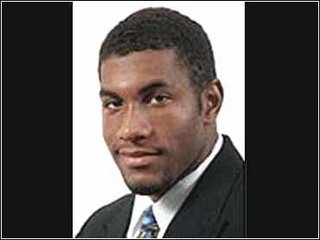
Almost 60 percent of college athletes use nutritional supplements that are unregulated and may contain banned substances such as ephedrine, an NCAA survey found. The survey, released this week, showed the use of amphetamines, anabolic steroids and ephedrine, while still low, has increased slightly in the past four years. Overall, 58.4 percent of the athletes surveyed said they had used a nutritional supplement other than a multivitamin within the past year. The level of use trailed only alcohol and was more than double the reported use of marijuana. Two weeks ago, Northwestern football player Rashidi Wheeler collapsed during practice and died of bronchial asthma. The university is investigating reports that he and some teammates may have taken a supplement called Ultimate Orange, which contains the stimulant ephedrine. The survey, conducted every four years since 1985, tabulated responses from more than 21,000 athletes in all three divisions in the National Collegiate Athletic Association. It was published Monday in the NCAA News. "You need to educate student-athletes about supplements from the time you start recruiting them," said Gary Green, chairman of the NCAA's drug testing and drug education subcommittee. "We have had several freshmen test positive in the early weeks of their first semester on campus." The latest survey is the first to look at the use of supplements. Answers were kept confidential; athletes who test positive for drugs at their schools can be suspended or face other penalties. The survey indicated 3.9 percent of the athletes used ephedrine, up from 3.5 percent in the last survey in 1997. The biggest increase was in the use of ephedrine by female gymnasts, from 1.1 percent to 8.3 percent. Amphetamine use was reported by 3.3 percent of the athletes surveyed, up from 3.1 percent in 1997. Just 1.4 percent reported using anabolic steroids, up from 1.1 percent. According to the survey, only 15 percent of athletes got supplements from an athletic trainer, nutritionist or doctor; nearly 60 percent got them from retail stores. The NCAA said athletes in Division III continued to have the highest rates of use for amphetamines, ephedrine, alcohol, marijuana, smokeless tobacco, cigarettes and psychedelics. Black athletes generally reported less use among all substance categories than whites, the survey indicated.

